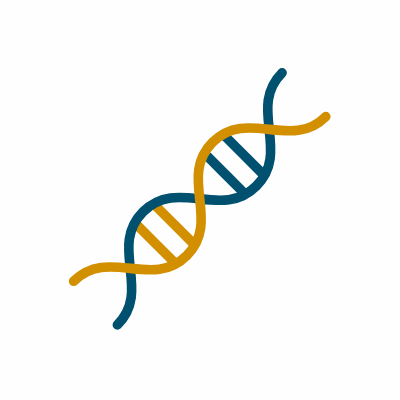About Wilson Disease

About Cuvrior
Start Cuvrior
Navigator Patient Support Program
Learn More About the Navigator ProgramContact a CoordinatorQuick Start ProgramCo Pay Assistance ProgramContact Us
The starting total daily dosage of CUVRIOR in adults is 300 mg up to 3,000 mg orally in divided doses (2 times daily). 1
| Penicillamine Total Daily Dosage | CUVRIOR Starting Daily Dosage |
|---|---|
| 125 mg | 300 mg |
| 250 mg | 600 mg |
| 375 mg | 900 mg |
| 500 mg | 900 mg |
| 625 mg | 1,200 mg |
| 750 mg | 1,500 mg |
| 875 mg | 1,800 mg |
| 1,000 mg | 2,100 mg |
| 1,125 mg | 2,400 mg |
| 1,250 mg | 2,400 mg |
| 1,375 mg | 2,700 mg |
| 1,500 mg or greater | 3,000 mg |
CONTRAINDICATIONS
WARNINGS AND PRECAUTIONS
ADVERSE REACTIONS
The most common adverse reactions (>5%) are abdominal pain, change of bowel habits, rash, alopecia, and mood swings.
DRUG INTERACTIONS
Please see full Prescribing Information
To report SUSPECTED ADVERSE REACTIONS, call Orphalan at 1-800-961-8320 or FDA at 1-800-FDA-1088 or www.fda.gov/medwatch
